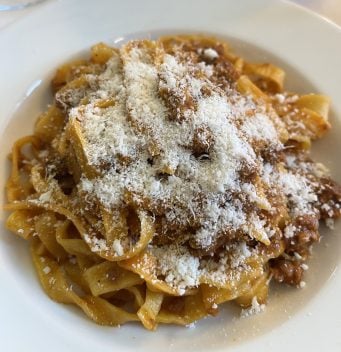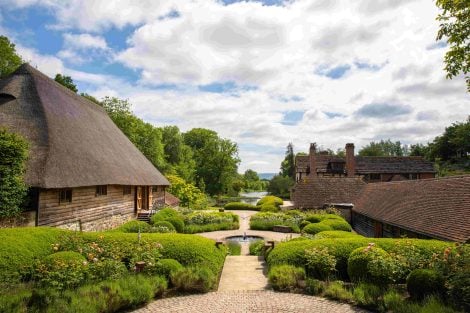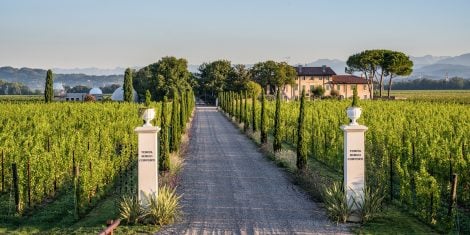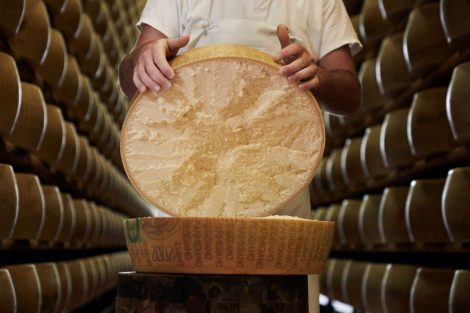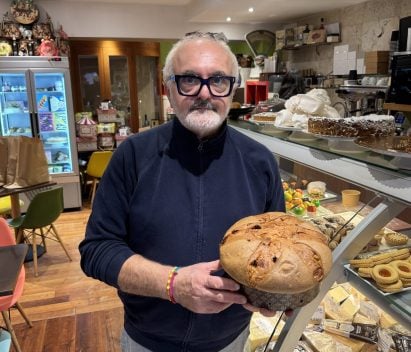In the vast landscape of Italian sparkling wines, Trentodoc Rosé represents one of the most elegant and terroir-driven expressions. Born amidst the peaks of Trentino, this wine encapsulates the complexity of an alpine territory and the experience of a tradition that has stood out for its quality standards and distinctive style.
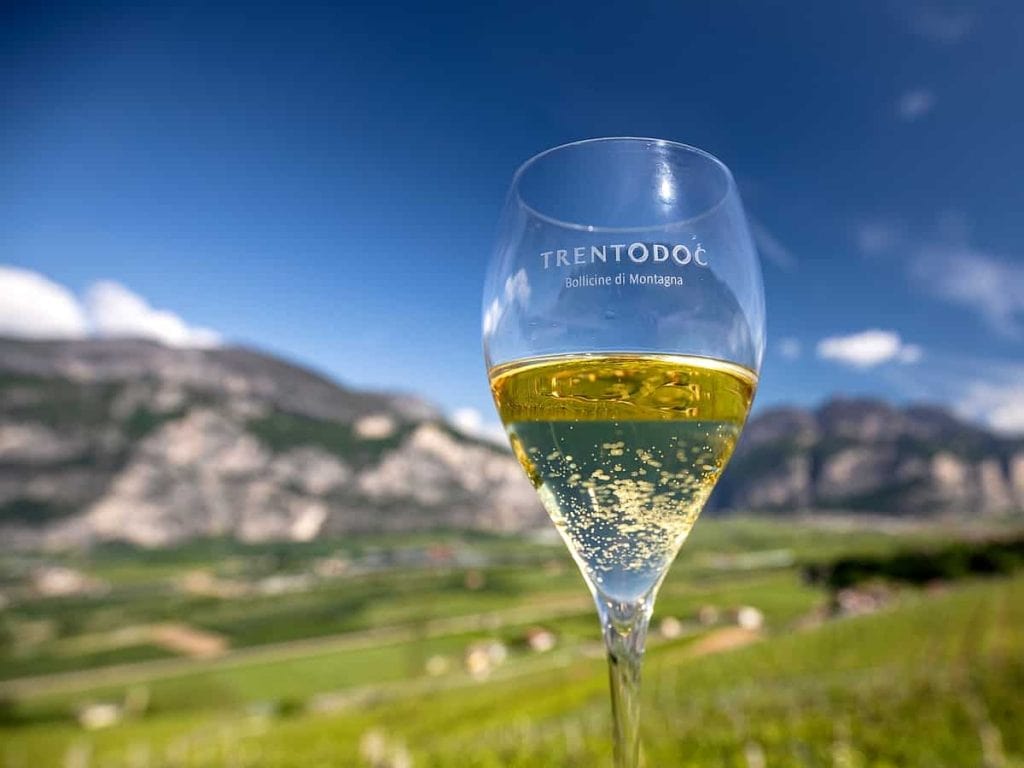
While the Trentodoc category has steadily grown in recent years, the rosé segment is gaining more and more importance, thanks to the growing demand for characterful wines that combine structure, freshness, and a refined aromatic component.
Trentodoc Rosé and the characteristics of the territory
Many Trentino sparkling wine houses have included one or more Rosé labels in their range. This is clearly driven by market demand. But above all, it is thanks to a territory that provides the right production conditions for this style. Trentino, with its slopes that quickly rise from the valleys to over 900 metres above sea level, offers ideal pedoclimatic conditions for the production of sparkling wine bases.
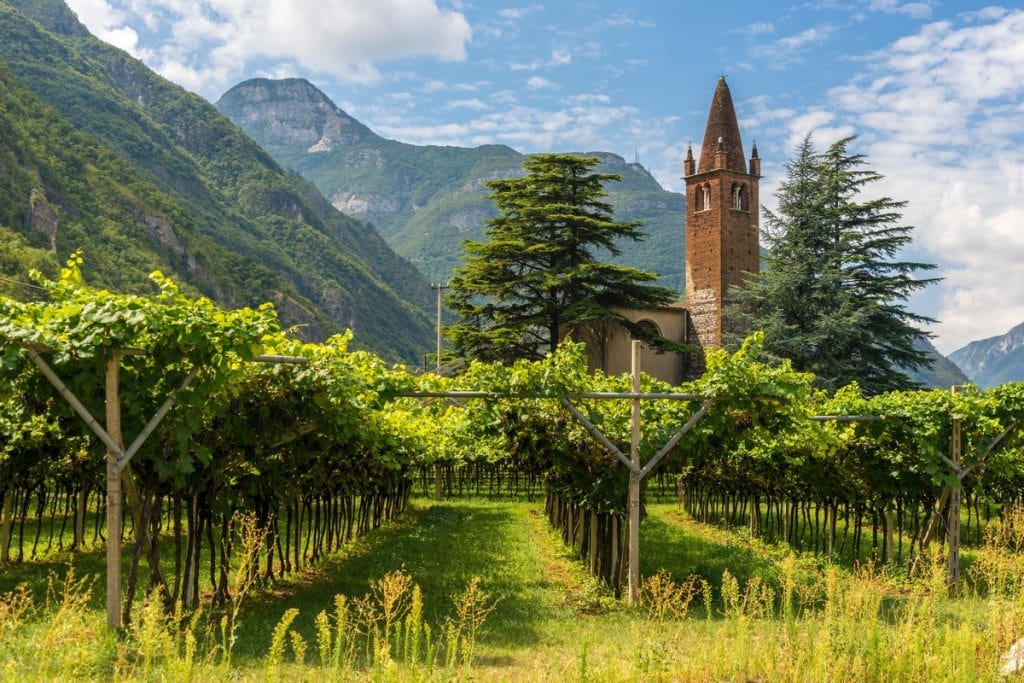
The vineyards destined for Trentodoc Rosé are located in ventilated areas, often north-facing or in zones with significant temperature fluctuations, which encourage the slow ripening of the grapes and preserve natural acidity. The soils vary greatly from one area to another: ranging from calcareous-dolomitic soils of glacial origin to porphyritic and sandy substrates, each capable of giving the wine unique traits and contributing to a distinct sensory identity.
Trentodoc: the regulations speak
Over the years, the production regulations for Trentodoc have undergone several revisions aimed at improving product quality and enhancing the uniqueness of the Trentino context. Introduced in 1993 with the Trento DOC, the regulation has, from the start, understandably placed a strong emphasis on the traditional method and on the exclusive use of grapes grown in Trentino. As for the Rosé versions, the guidelines allow the use of Pinot Noir, Chardonnay, and to a lesser extent, Pinot Meunier. The minimum ageing on lees is 15 months, although most producers greatly exceed this threshold, with some labels resting on the lees for over 60 months, developing aromatic complexity and finesse in the perlage.
The Trentodoc Rosé wines awarded Tre Bicchieri and Due Bicchieri Rossi
If you’d like to explore the Rosé category of Trentodoc but aren’t sure where to begin, here’s a list of the best labels reviewed in the Vini d’Italia 2025 guide by Gambero Rosso. These wines have either received the highest accolade, Tre Bicchieri, or came close by reaching our final tastings. Among fragrant, luscious bubbles and more complex and ambitious versions, you're sure to find the right bottle for you.
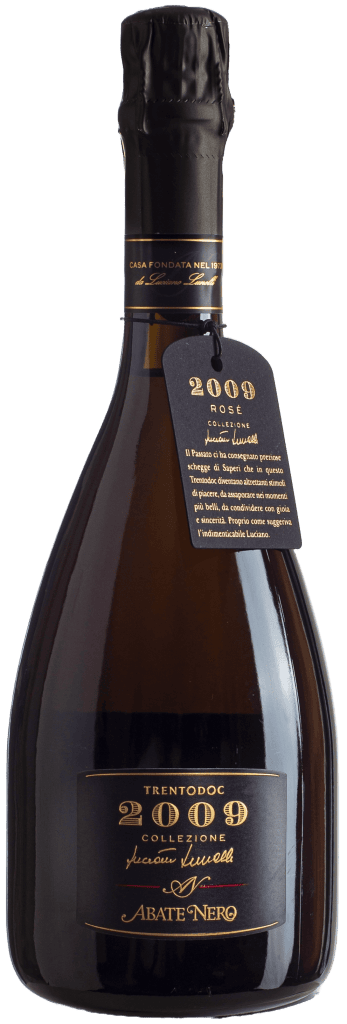
Trento Brut Rosé Collezione Luciano Lunelli Ris. 2009 – Abate Nero
Truly excellent is the Collezione Luciano Lunelli by Abate Nero, with aromas of red fruits, mint, and freshly cut grass, and a silky, elegant palate. This historic Trentino winery, with 50 years of artisanal mountain sparkling wine production, is led by Roberta Lunelli, daughter of the founder Luciano, along with Roberto Sebastiani. The vineyards are mainly located in Lavis, north of Trento, and maintain the traditional Trentino pergola training system. The winery's philosophy favours long ageing and maximum territorial expression, with each phase manually carried out and carefully overseen by a close-knit team.
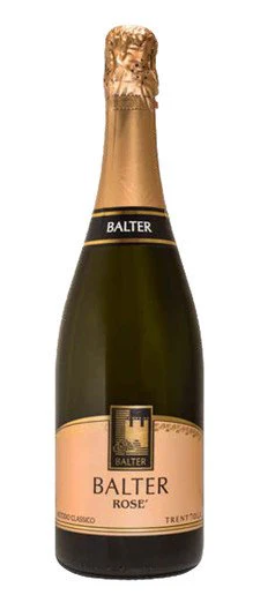
Trento Brut Rosé – Nicola Balter
In the Trento Brut Rosé by Nicola Balter, notes of red fruits stand out, with a fleshy yet vibrant palate and a savoury, deep finish. Much has changed since the historic 16th-century military structure, Castelliere, was transformed into today’s agricultural business. The Balter family led the transformation starting in the second half of the 20th century, and today Francesco, with his children Nicola and Barbara, all focus on producing high-quality Trentodoc wines. Their style favours sparkling wines with great elegance, freshness, and complexity.
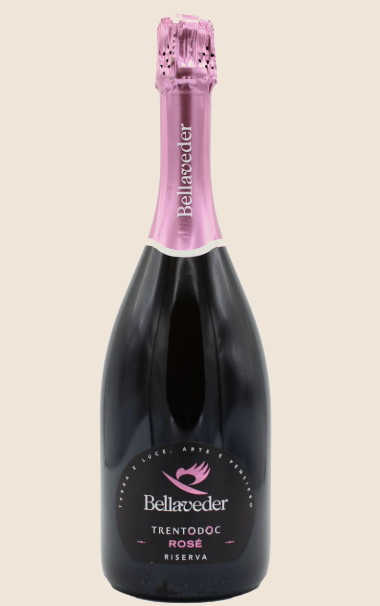
Trento Brut Nature Rosé Ris. 2019 – Bellaveder
The Brut Nature Rosé Riserva '19 by Bellaveder is truly a standout in this category. Fleshy, savoury, and with a meaty finish, it also delivers elegance and finesse. Andrea and Marco, together with their father Tranquillo, run the cellar with great respect for the land through organic farming. As true wine artisans, they follow nature’s rhythm. Harvesting is done by hand and every process from vineyard to cellar is meticulously supervised.
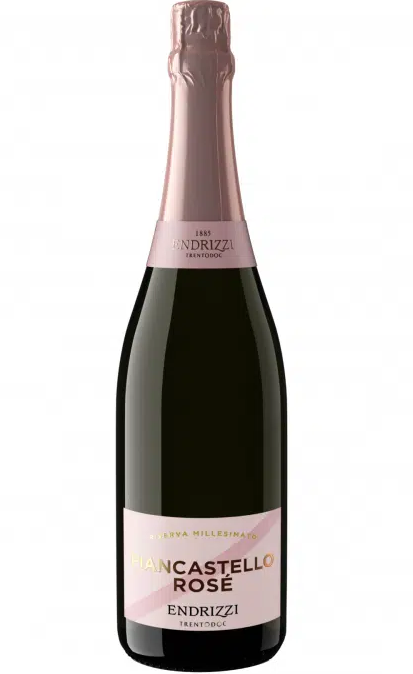
Trento Brut Rosé Piancastello Ris. 2019 – Endrizzi
The Brut Piancastello Rosé by Endrizzi offers notes of blackberry, currant, raspberry, and wild strawberry; the palate is enveloping and smooth, yet dry on the finish. This historic and passionate Trentino winemaking family now counts on the new generation: Paolo, Christine, Lisa Maria, and Daniele. Their farming approach is based on sustainability principles, and the new winery has been built following bio-architecture guidelines. Most of their Trentodoc comes from the Pian di Castello vineyards, located about 400 metres above sea level.
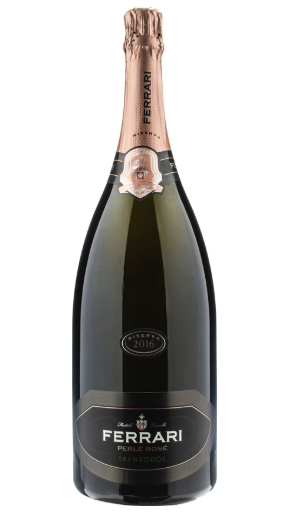
Trento Brut Perlé Rosé Ris. 2018 – Ferrari
The Brut Perlé ’18 by Ferrari is a superb sparkling wine, with a nose offering hints of golden apple, lemon peel, mountain herbs, and a touch of pastry. The palate is vibrant and energetic thanks to perfectly balanced acidity. A tightly-knit family team leads the company, demonstrating year after year greater sensitivity and connection to the land where they work. They are also strongly committed to preserving and promoting Trentino's cultural heritage. An incredible lineup that amazes and convinces on every level.

Trento Brut Siris Rosé – Gaierhof
The wines of Gaierhof also showed an excellent performance, with the Brut Rosé Siris reaching the finals thanks to its complex bouquet and a fleshy yet fresh and refined palate.
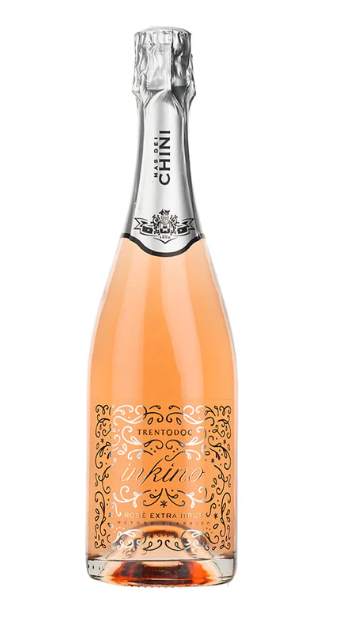
Trento Extra Brut Rosé Inkino 2020 – Mas dei Chini
The Inkino Rosé ’20 by Mas dei Chini is undoubtedly the best in their range. This Extra Brut fully embodies the characteristics of mountain bubbles, with a complex and broad body, yet well-balanced by a vibrant acidity that dominates the palate and is supported by notable sapidity. On the finish, notes of pepper and forest fruits recall the aromas detected on the nose.
The historic 19th-century house that now hosts the agriturismo testifies to the Chini family's long-standing bond with the land and wine production, dating back to 1906. Their wine range is authentic and high quality, with a strong focus on Trento DOC sparkling wines, while still valuing tradition with grapes like Gewürztraminer and Teroldego.
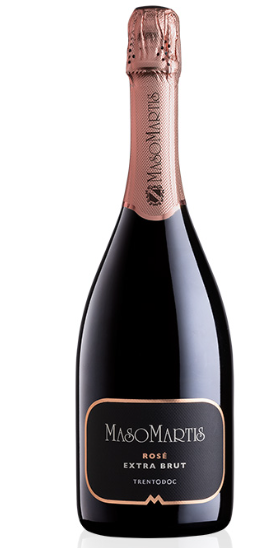
Trento Extra Brut Rosé 2020 – Maso Martis
Also very good is the Extra Brut Rosé ’20 by Maso Martis, enveloping, soft, seductive, with notes of forest fruits, spices, and smoky hints. Founded in 1990 by Antonio and Roberta Stelzer, the winery quickly began to receive recognition. Today, around 100,000 bottles are produced. Daughters Alessandra and Maddalena have since joined their parents, and the success of the winery lies in the cohesion of the team, which pays maximum attention to detail, vineyard health, and environmental protection.
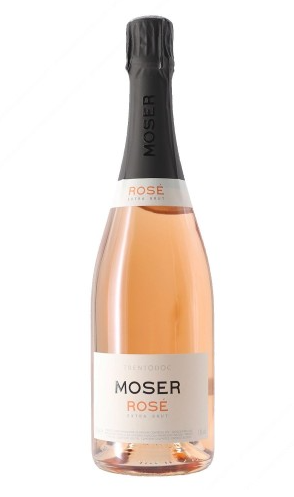
Trento Extra Brut Rosé 2019 – Moser
Among the top labels from Moser is the Rosé Extra Brut ’19, noted for its great balance. Cousins Carlo and Matteo Moser have grown the winery both in quality and personality, developing an outstanding range of wines focused on Trentodoc bubbles. They are experimenters while staying rooted in the classicism of mountain sparkling wines, and have specialised in long ageing. Recently, they launched a white vinified Pinot Noir aged 72 months on the lees, sourced from the best vineyards of Maso Warth, which are now 80 years old.


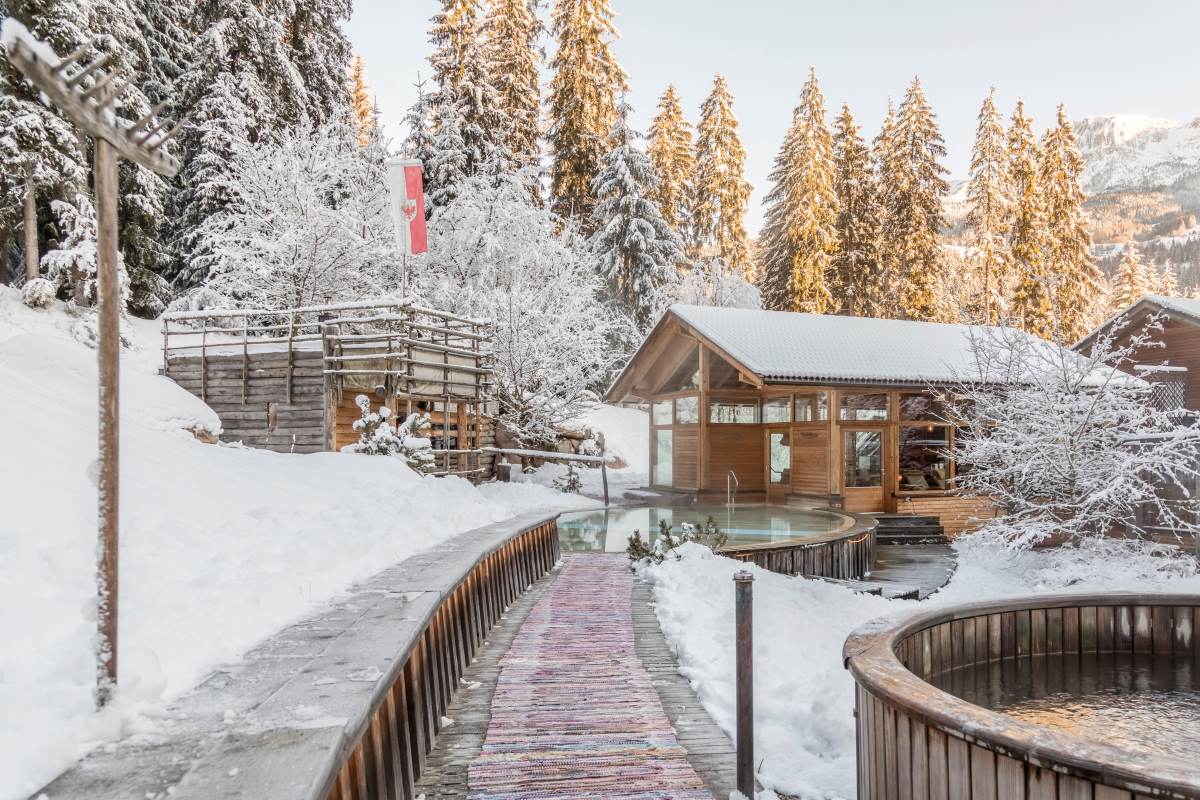 The alpine hotel where you can enjoy outstanding mountain cuisine
The alpine hotel where you can enjoy outstanding mountain cuisine Io Saturnalia! How to celebrate the festive season like an Ancient Roman
Io Saturnalia! How to celebrate the festive season like an Ancient Roman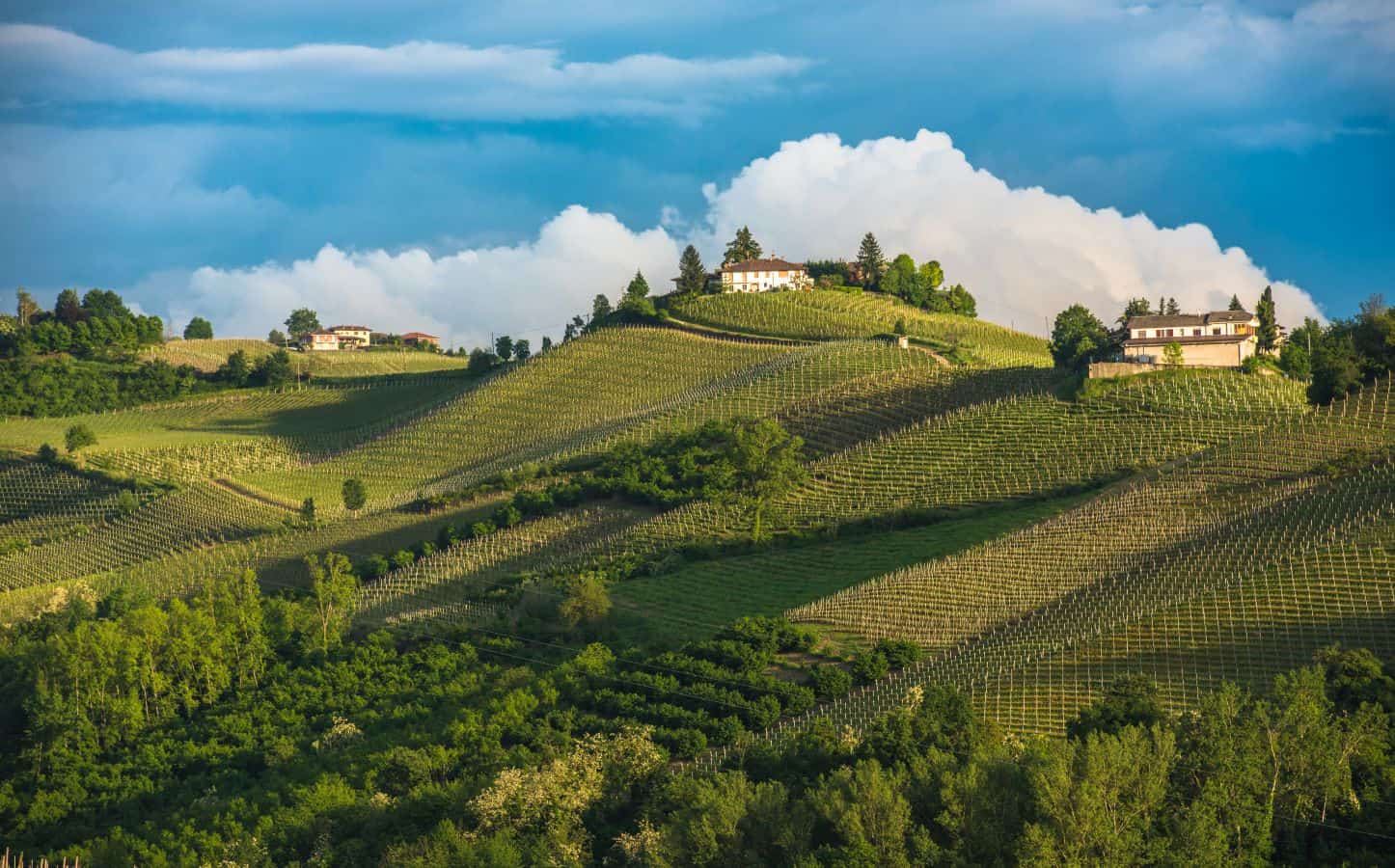 The UNESCO effect: tourism is growing, but there is a risk of losing identity
The UNESCO effect: tourism is growing, but there is a risk of losing identity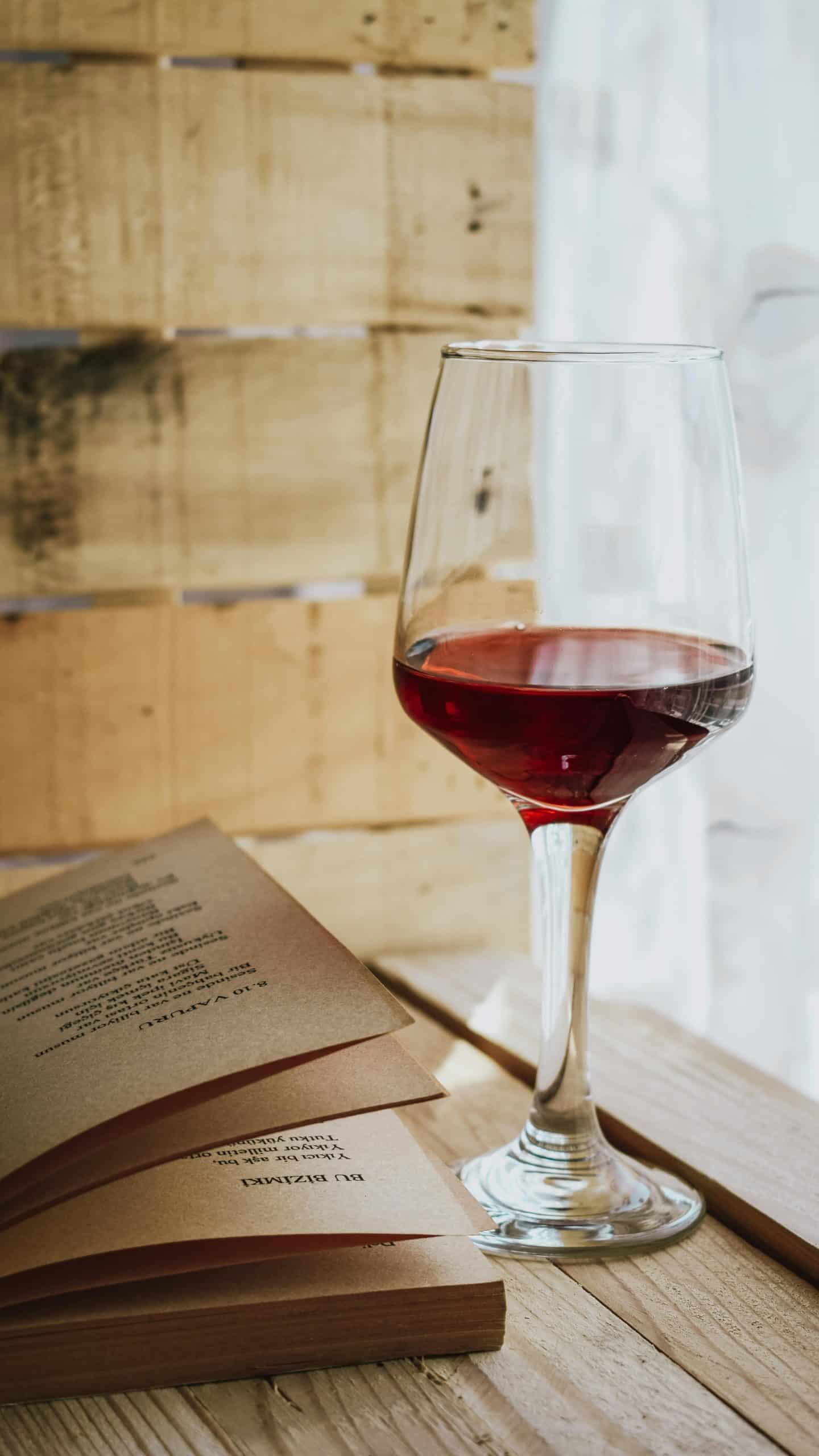 The perfect pairing? Wine and books
The perfect pairing? Wine and books 2025 was the year of Trump's tariffs – will 2026 be better for Italian wine in the US?
2025 was the year of Trump's tariffs – will 2026 be better for Italian wine in the US?